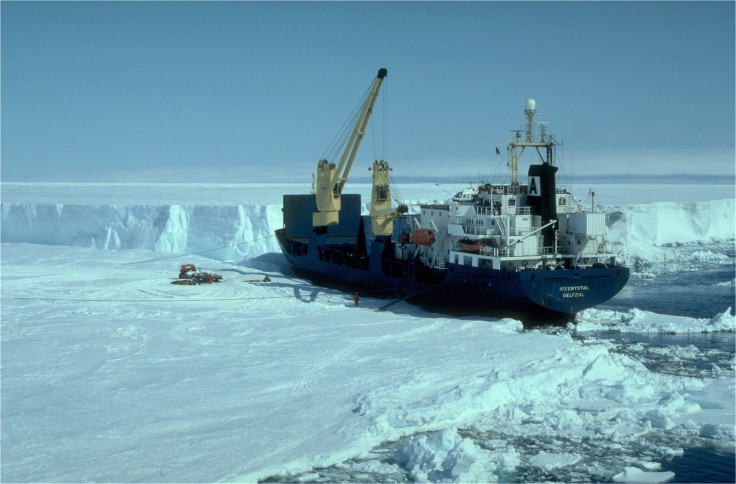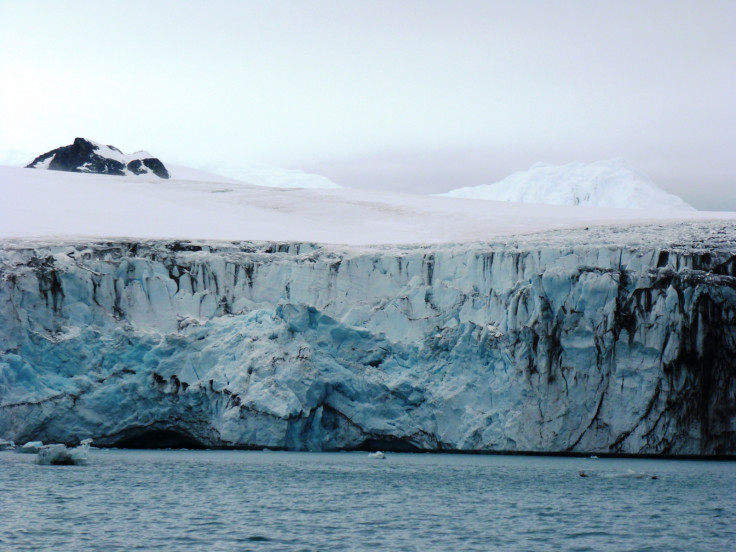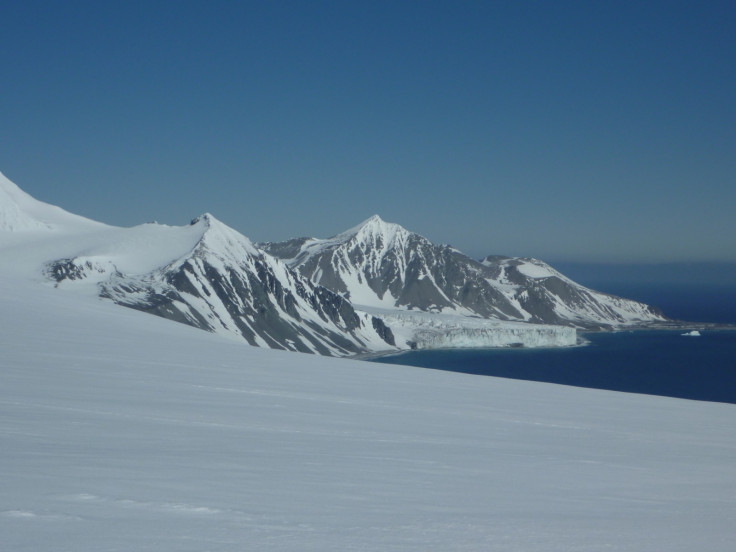Antarctica: 'Stable' inland region lost 350,000 Empire State Buildings worth of ice since 2009

A previously stable region of Antarctica has seen a sudden increase of ice loss since 2009, losing about 55 trillion litres of water every year.
Scientists from the University of Bristol used the European Space Agency's CryoSat-2 satellite to track the ice loss from an altitude of around 700km.
The incredible accuracy of the satellite meant researchers were able to track changes very closely over five years to gain a clear picture of what was happening.
Findings, published in the journal Science, showed the previously stable region of Antarctica located inland suddenly destabilised in 2009. Elevation measurements showed no signs of change up until this point, but then multiple glaciers measuring around 750km in length suddenly started to shed ice.
The rate was around 60 cubic km, or 55 trillion litres of water every year – in total, the volume lost is equivalent to 350,000 Empire State Buildings.
Study leader Bert Wouters, from the University of Bristol, told IBTimes UK: "We don't really know what happened in 2009. We know the area – the ice shelves in front of the land ice – have been thinning for a long time, at least 20 years.

"Often in climate systems you need to pass some critical point before you see any big changes – it might not change for a long time then all of a sudden once you pass this point you see these big changes occur. It's a tipping point. It's not a point of no return but some tipping point."
The amount of ice lost has made the region the second largest contributor to sea level rise in Antarctica and at present, shows no sign of slowing. On some of the glaciers, the ice surface is going down by as much as 4m per year.
The region has lost so much ice that it has caused small changes in the gravity field of Earth, which was detected by another satellite – the Gravity Recovery and Climate Experiment. It is not enough to disrupt wildlife, Wouters noted though.
While scientists are not exactly sure what has caused the destabilisation, they have their suspicions. The shift cannot be explained by changes in snowfall or higher temperatures, so by process of elimination they believe it is the result of warm ocean waters.
Westerly winds that encircle Antarctica have become stronger in recent decades, and these stronger winds have pushed warm waters from the Southern Oceans towards the South Pole, where they melt the glaciers and floating ice shelves from below.

Ice shelves in the region have lost around a fifth of their thickness in the last 20 years, meaning they are no longer as strong of a buttress for the ice resting on the bedrock inland. The major concern is that most of the ice of the Southern Antarctic Peninsula is sitting on bedrock below sea level, meaning that if the glaciers retreat warm water will melt them even more.
Wouters said: "It appears that sometime around 2009, the ice shelf thinning and the subsurface melting of the glaciers passed a critical threshold which triggered the sudden ice loss. However, compared to other regions in Antarctica, the Southern Peninsula is rather understudied, exactly because it did not show any changes in the past, ironically."
He said he hopes the region will become one of the key areas of research in the future: "This area hasn't been studied much because it's between two other regions that have been losing a lot of ice. All the research has been going there and not this part we are looking at now.
"I think the biggest cause of concern is that this area used to be stable, then all of a sudden within one or two years it started to lose a lot of ice because of the geometry of the backdrop. It also means this could happen in other areas that are currently stable and where we don't expect to lose any ice."
© Copyright IBTimes 2025. All rights reserved.






















